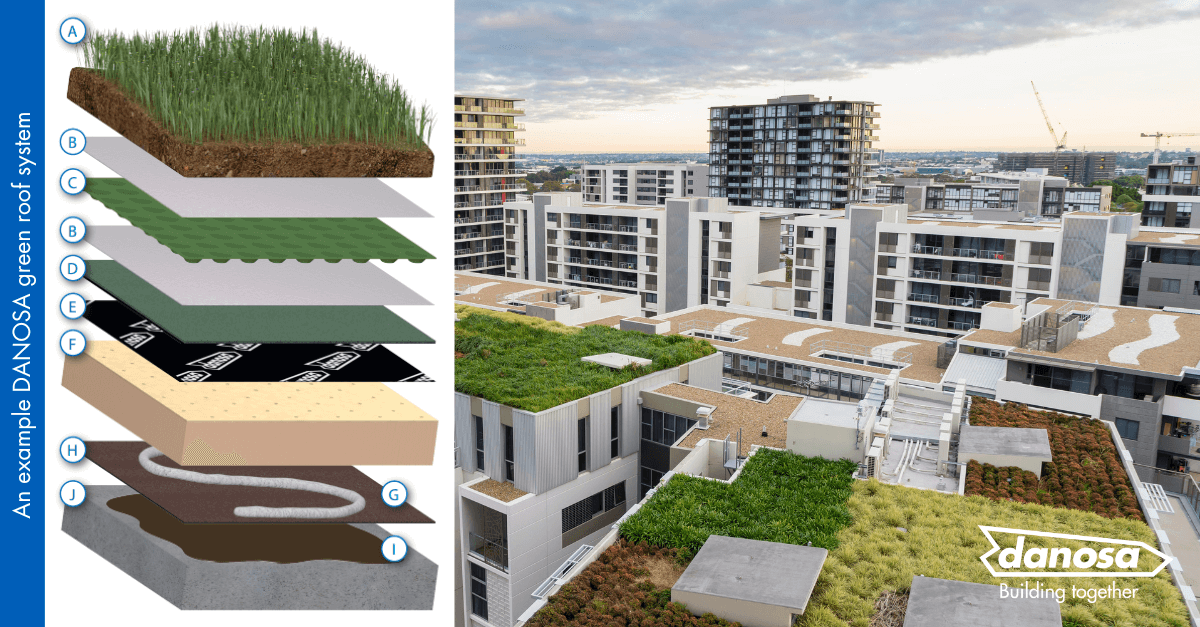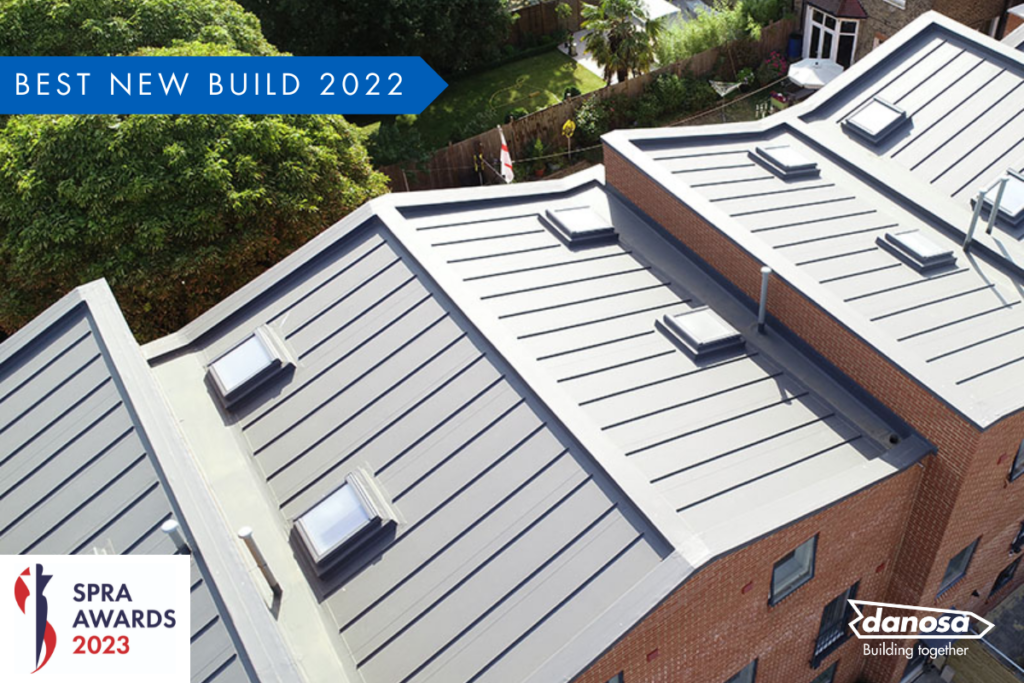Green roofs, or living roofs, are an effective and innovative solution for mitigating the Urban Heat Island (UHI) effect, which is the phenomenon of increased temperatures in urban areas due to human activity. They are roofs that are covered with vegetation, and they provide multiple benefits for the environment, building occupants, and the surrounding community.
One of the primary benefits of green roofs is their ability to reduce the UHI effect. Urban areas are known to be warmer than rural areas due to the high concentration of heat-absorbing materials such as concrete and asphalt, as well as the lack of green spaces. Green roofs can help reduce the amount of heat absorbed by buildings and can also cool the surrounding air by releasing moisture through evapotranspiration; the process of water being transferred from the land into the atmosphere by evaporation.
Green roofs also have a positive impact on air quality. They can help remove air pollutants by filtering the air that passes through the plants and soil, which can lead to a reduction in respiratory diseases and allergies. Moreover, green roofs can help reduce the amount of greenhouse gases in the atmosphere by breaking down carbon dioxide, converting it into oxygen through photosynthesis, which reduces CO2 levels in the air; a significant contributor to climate change.
Green roofs also have a significant role in stormwater management. They can help reduce stormwater runoff, which can lead to flooding and water pollution. The plants and soil on the green roof absorb rainwater, which can then be released gradually back into the environment through evapotranspiration. This process can also help improve the water quality of urban streams and rivers.
In addition to the environmental benefits, green roofs also have numerous benefits for building occupants. For instance, they provide a natural insulation layer that can reduce energy consumption for cooling and heating. This can help reduce energy bills and the building’s carbon footprint. Furthermore, green roofs can provide a peaceful and relaxing space for building occupants to enjoy nature and improve their mental health.
Finally, green roofs also have a positive impact on the surrounding community. They can help improve the aesthetic appearance of buildings and the overall urban environment. Green roofs can also provide habitat for wildlife, such as birds and insects, and help promote biodiversity in urban areas.
In conclusion, green roofs are a sustainable and innovative solution for mitigating the Urban Heat Island effect. They provide multiple benefits for the environment, building occupants, and the surrounding community. Moreover, they are a practical and effective solution for addressing some of the challenges facing urban areas today, such as climate change, air pollution, and stormwater management.




